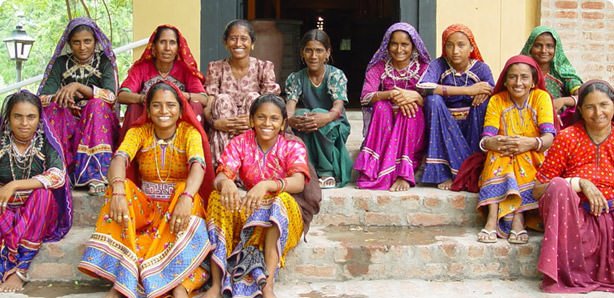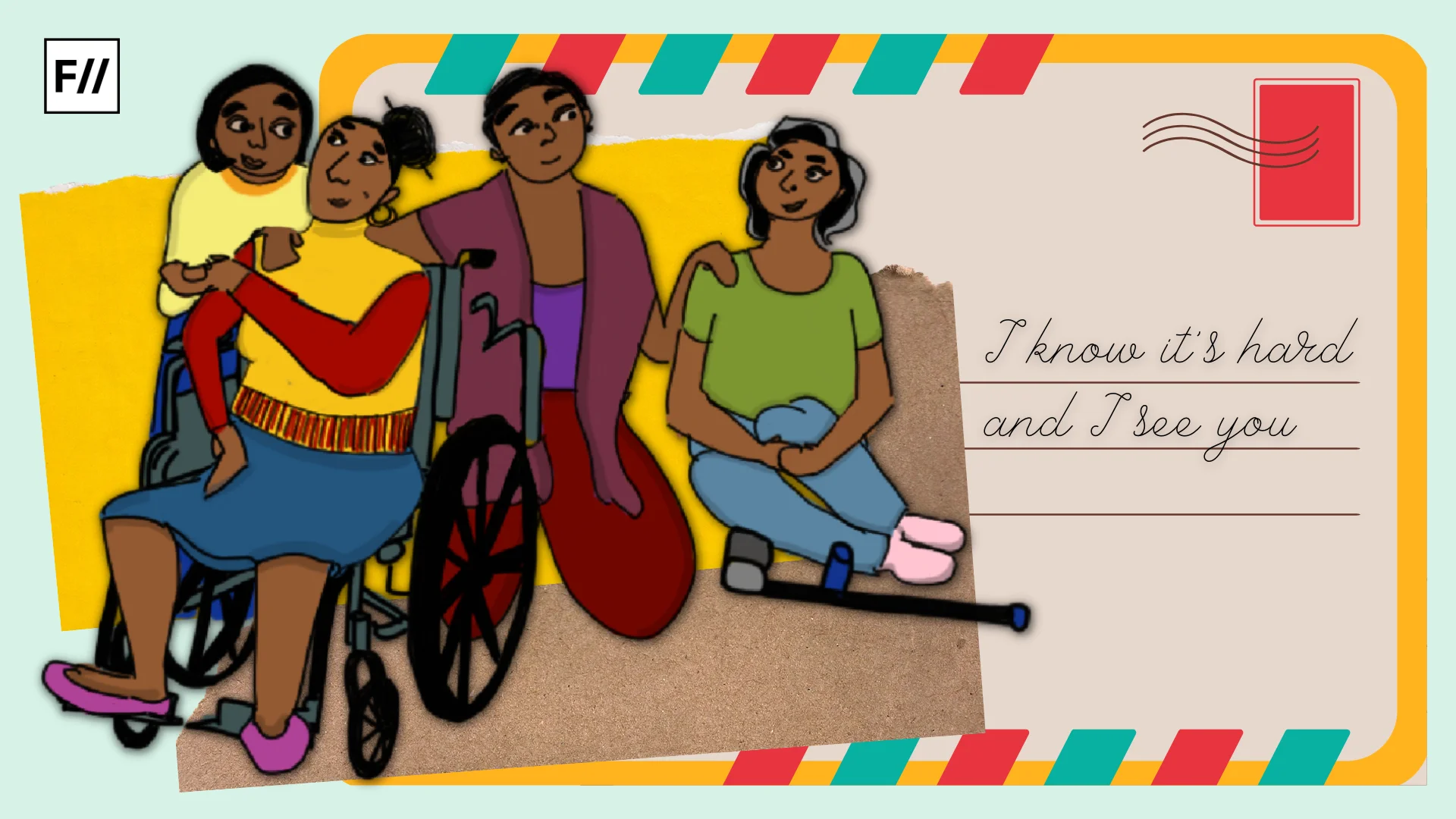Self Employed Women’s Association or SEWA is a trade union established in 1972 in Ahmedabad, Gujarat. With over 2 million members, it is the largest organisation of workers in the unorganised/informal sector, and is—the largest non-profit organisation in India.
Sewa also means ‘service’ in many Indian languages, which is what the union strives for—service by and for the women mainly in the unorganised/informal sector for the attainment of its main goals of full employment and self reliance. It also follows the Gandhian ideologies of Satya (truth), Ahimsa (non-violence), Sarvadharma (integrating all faiths, all people) and Khadi (propagation of local employment and self reliance).
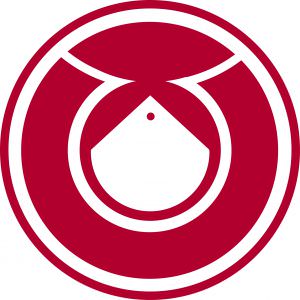
SEWA is unique in its formation as the women are self employed, that is, they earn their income through small businesses or their own labour without regular salaries or job protection unlike the formal sector. Though these women constitute 93% of the labour force of unorganised sector in India as well as 94% of the total women labour force in India, and contribute greatly to India’s GDP – they are not legally recognised as labour, making them liable to exploitation.
Their professions include small businesses like vendors of food, clothes and household items; workers in home based and small industries like beedi, pottery etc, and artisans; manual labourers and service providers in fields like agriculture, construction, household work; and women investing their labour and capital in businesses like cattle rearing, agriculture, and cooking.
SEWA is unique in its formation as the women are self-employed.
The organisation also transcends the boundaries of religion and caste, with Muslims and Dalits constituting one-third each, of the total members. Since its conception, SEWA has expanded into an organisation working for economic and social empowerment of women, making it a part of the labour, cooperative as well as women’s movement.
The beginnings of the organisation were laid in 1954 with the formation of a women’s wing of Ahmedabad Textile Labour Association (TLA), India’s oldest trade union established, according to the official website of SEWA, in 1920 by Anasuya Sarabhai. TLA was based on Gandhian principles of cooperative trade unions, which were incorporated by members of the women’s wing as well. It was set up initially for the women in households of the mill workers focusing on welfare activities and training in activities like sewing, spinning yarn, press composition typing and stenography.
These women constitute 93% of the unorganised sector labour force, but are not legally recognised as labour.
In 1968, Ela Bhatt became the head of the women’s wing. By 1970s, Bhatt had come to realise that not only these women contributed to the household income by working in the informal sector but that their working conditions were deplorable. They engaged in strenuous work with meagre wages, without any job security and also had to do unpaid domestic work. Unlike their male counterparts, they suffered harassment at the hands of their employers who had full autonomy to decide the terms of their work conditions as they were outside the realm of labour laws of the country.
Ela Bhatt proposed for a trade union for women to the authorities at TLA. However, the same sentiments were not shared by TLA which had also cut down on their women workers so that they could ‘contribute’ in the working of the household. Another conflict of interest other than these patriarchal notions of TLA was that the women were engaged in the unorganised sector which was not legally recognised by the government, creating complications for TLA.
Also Read: House Work? What’s That? Caregiving and (Un)Paid Work
Similar arguments were also put forward by the Labour Department which refused to acknowledge the women as workers, with the commissioner claiming them to be simply women ‘who stayed home and stitched garments‘. They maintained that without a recognised employer the workers would have no one to struggle against.
However, as Bhatt writes in Citizen of Marginals, “I wanted to organise the women workers in a union so that they could enjoy the same benefits that organised labour received. I came to a simple realisation – a union is about coming together. Women do not need to come together against anyone; they just need to come together for themselves. By forming a union – a bond – they affirmed their status as workers, and as a result of coming together, they had a voice.” With this purpose, Bhatt along with other members negotiated with the government and SEWA became a trade union in 1972.
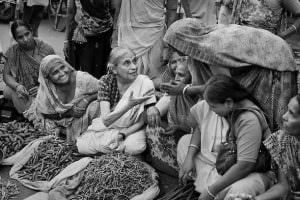
Gradually, with increasing demands from the women, relations between TLA and SEWA worsened, finally separating them in 1981. The 1970s was also the period of an upsurge in feminist movements in the country. From the ’70s onwards scholars focusing on the various development processes in the country raised the concern of deplorable conditions of women in both work places and households.
A massive amount of literature emerged on tackling issues of gender discrimination. The main focus of these was empowerment of women. Feminist scholars have also argued that women’s groups play a crucial part in empowering women to gain autonomy over their economic resources and decision-making capacity. SEWA, keeping in line with these ideologies and practices, became a part of the ongoing feminist movement. It has also been successful in its model of women’s mobilisation at the grassroots level and activism of its labourers.
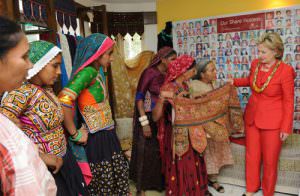
The organisation has come a long way in unionising women in their struggle against patriarchy in the spheres of both work and home. It works on a needs-based model where the requirements of the workers are considered for devising strategies. The main objectives of the organisation range from employment and increase in income to food, nutrition, housing and increment of assets. SEWA also looks at strengthening the workers organisation, literacy, leadership skills and self-reliability.
Presently, SEWA has started various cooperatives like SEWA Bank, SEWA Insurance along with sister organisations in realising these goals. The cooperatives create employment opportunities for women, especially in rural areas, to tackle their individual and social vulnerability. They also provide protection from exploitation by authorities like the police, landowners, employers. Surveys and research are also conducted to document the condition of women in the working sector and their social life, which can be found on their site.
Unlike their male counterparts women often have strenuous work with meagre wages and no job security.
The organisation also works on a socio-political front. Its much more than a labour trade union and works for creating a consciousness among women of the discriminatory and patriarchal practices in society and their employers. Furthermore, it enables these women to fight their own battles by educating them in their traditional crafts, making them economically independent and inculcating self-worth in them. It stands as an epitome of women’s empowerment, of what women can achieve through collective struggle. Its leaders and the millions of labourers/members are an inspiration for other women to work together and demand a more just and equal society.
Featured Image Credit: SEWA Bharat
About the author(s)
Himanshi is pursuing Masters in History and hopes to be a historian one day. She loves to read books, and even more to collect them. In her free time, she likes to explore historical haunts. Also, she is a foodie and spaghetti makes her heart race.
